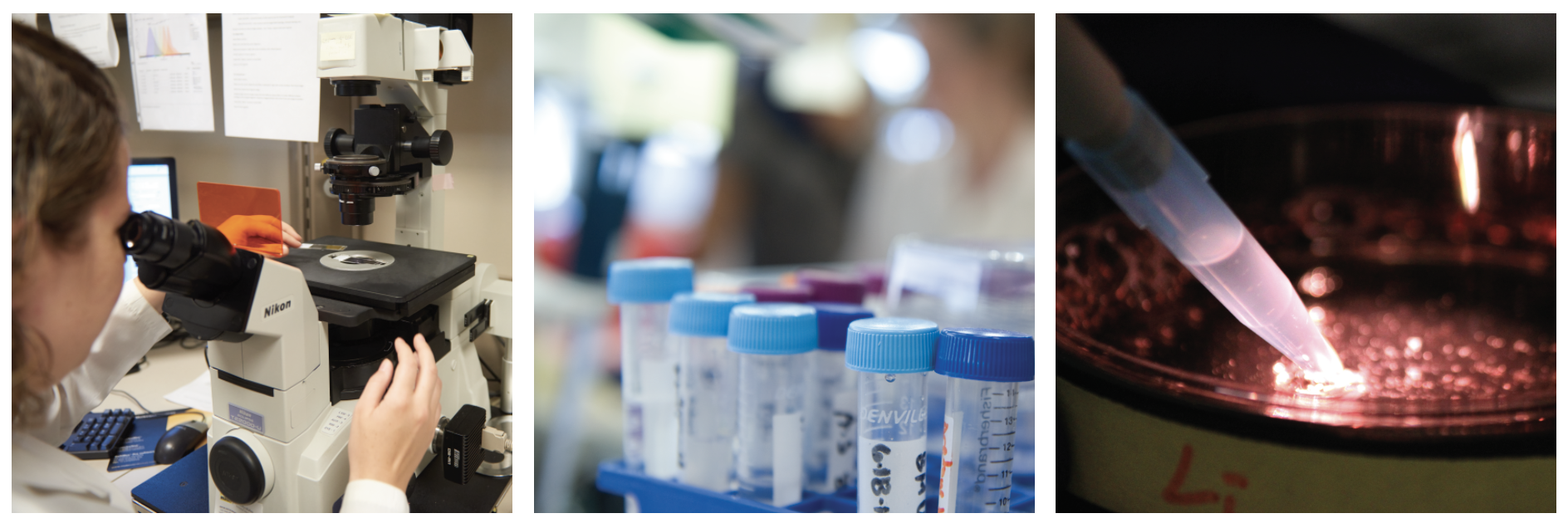Home
Mission
The mission of the Center for Neurodegenerative Disease Research (CNDR) is to promote and conduct multidisciplinary clinical and basic research to increase the understanding of the causes and mechanisms leading to brain dysfunction and degeneration in neurodegenerative diseases such as Alzheimer’s disease (AD), Parkinson’s disease (PD), Lewy body dementia (LBD), Frontotemporal degeneration (FTD), Amyotrophic lateral sclerosis (ALS), Primary lateral sclerosis (PLS), Motor neuron disease (MND), and related disorders that occur increasingly with advancing age. Implicit in the mission of the CNDR are two overarching goals: 1.) Find better ways to cure and treat these disorders, 2. Provide training to the next generation of scientists.
“My goal for CNDR is not only to collaborate with researchers at Penn and from institutions across the globe with the mutual goal of finding better ways to diagnose and treat neurodegenerative diseases, but also to inspire and encourage the next generation of scientists on the importance of investigating these disorders that occur more frequently with advancing age.” – Virginia M.-Y. Lee, PhD, Director, CNDR

John Q. Trojanowski, MD, PhD | 1946 - 2022

We are sad to announce the passing of our colleague and friend, John Q. Trojanowski, who we all regard as a larger than life leader in neurodegenerative disease research. We will miss his probing intellect, limitless enthusiasm and energy, and ever present personality. He passed away peacefully with Virginia, his partner in every aspect of his life, by his side. I know the thoughts of our entire community go out to Virginia and her family. While today is a difficult day for so many of us, we do look forward to finding ways to celebrate his remarkable life in the future.
Latest Research
-
Identifying Progression-Specific Alzheimer's Subtypes Using Multimodal Transformer
Saturday, April 27, 2024
Alzheimer's disease (AD) is the most prevalent neurodegenerative disease, yet its current treatments are limited to stopping disease progression. Moreover, the effectiveness of these treatments remains uncertain due to the heterogeneity of the disease. Therefore, it is essential to identify disease subtypes at a very early stage. Current data-driven approaches can be used to classify subtypes during later stages of AD or related disorders, but making predictions in the asymptomatic or prodromal...
-
Expanded phenotypic spectrum of neurodevelopmental and neurodegenerative disorder Bryant-Li-Bhoj syndrome with 38 additional individuals
Saturday, April 27, 2024
Bryant-Li-Bhoj syndrome (BLBS), which became OMIM-classified in 2022 (OMIM: 619720, 619721), is caused by germline variants in the two genes that encode histone H3.3 (H3-3A/H3F3A and H3-3B/H3F3B) [1-4]. This syndrome is characterized by developmental delay/intellectual disability, craniofacial anomalies, hyper/hypotonia, and abnormal neuroimaging [1, 5]. BLBS was initially categorized as a progressive neurodegenerative syndrome caused by de novo heterozygous variants in either H3-3A or H3-3B...
-
Highly tunable bimane-based fluorescent probes: design, synthesis, and application as a selective amyloid binding dye
Friday, April 26, 2024
Small molecule fluorescent probes are indispensable tools for a broad range of biological applications. Despite many probes being available, there is still a need for probes where photophysical properties and biological selectivity can be tuned as desired. Here, we report the rational design and synthesis of a palette of fluorescent probes based on the underexplored bimane scaffold. The newly developed probes with varied electronic properties show tunable absorption and emission in the visible...


